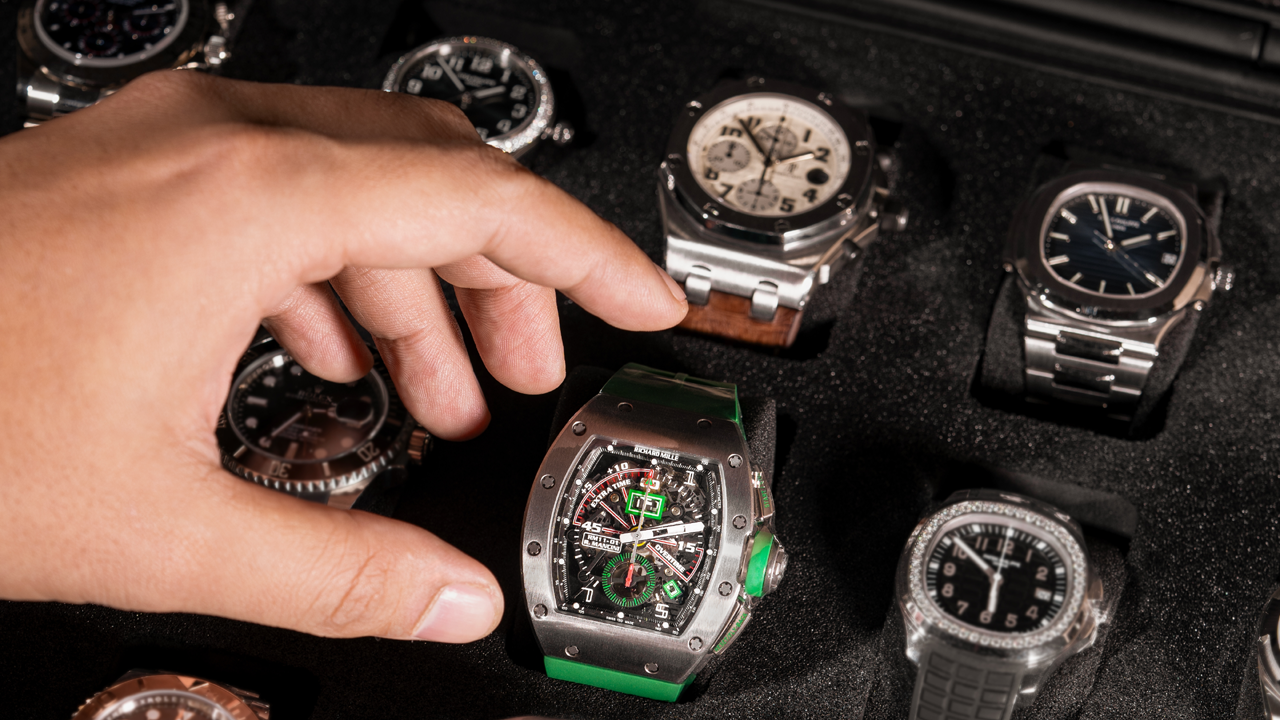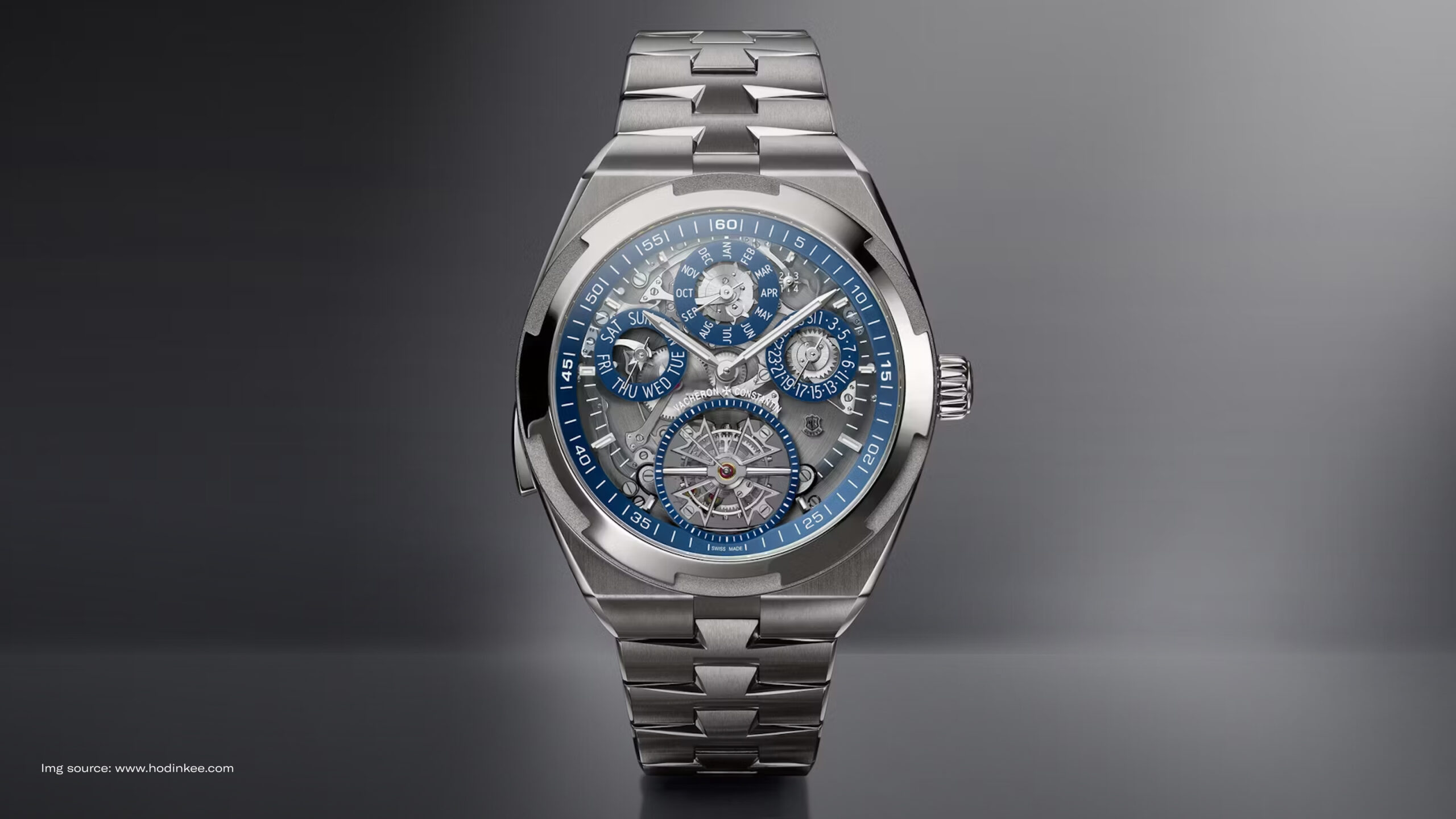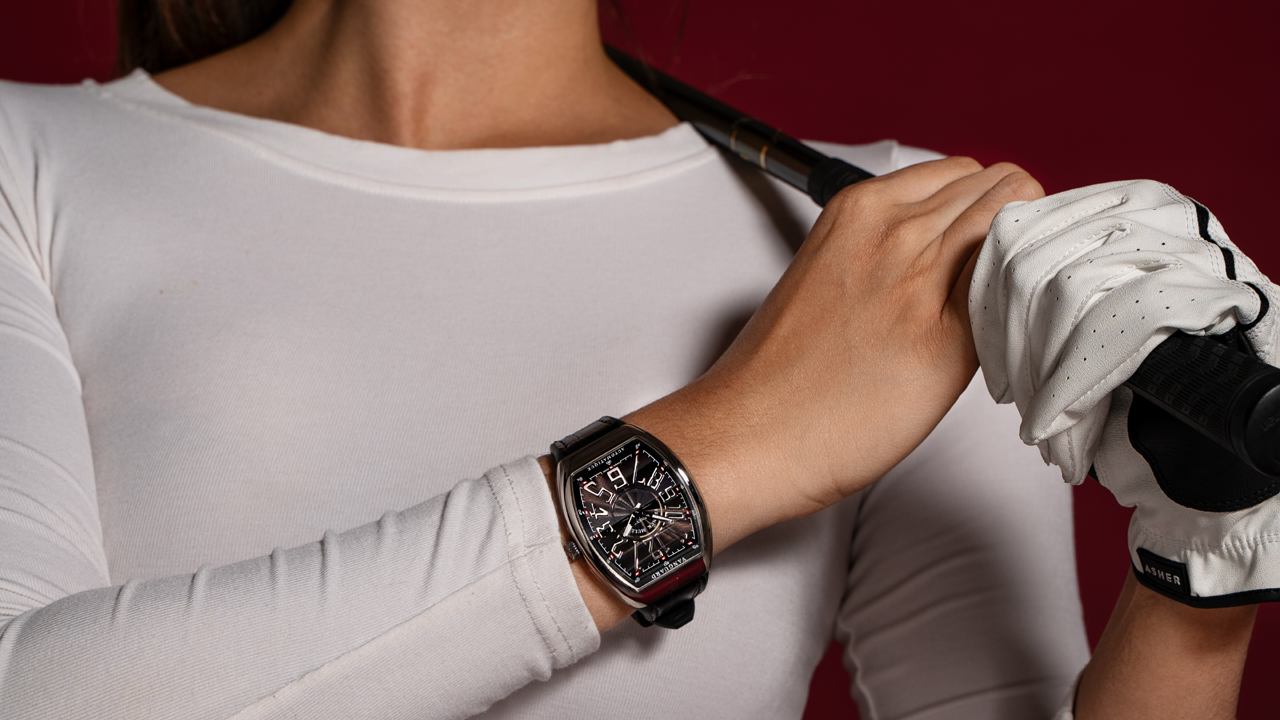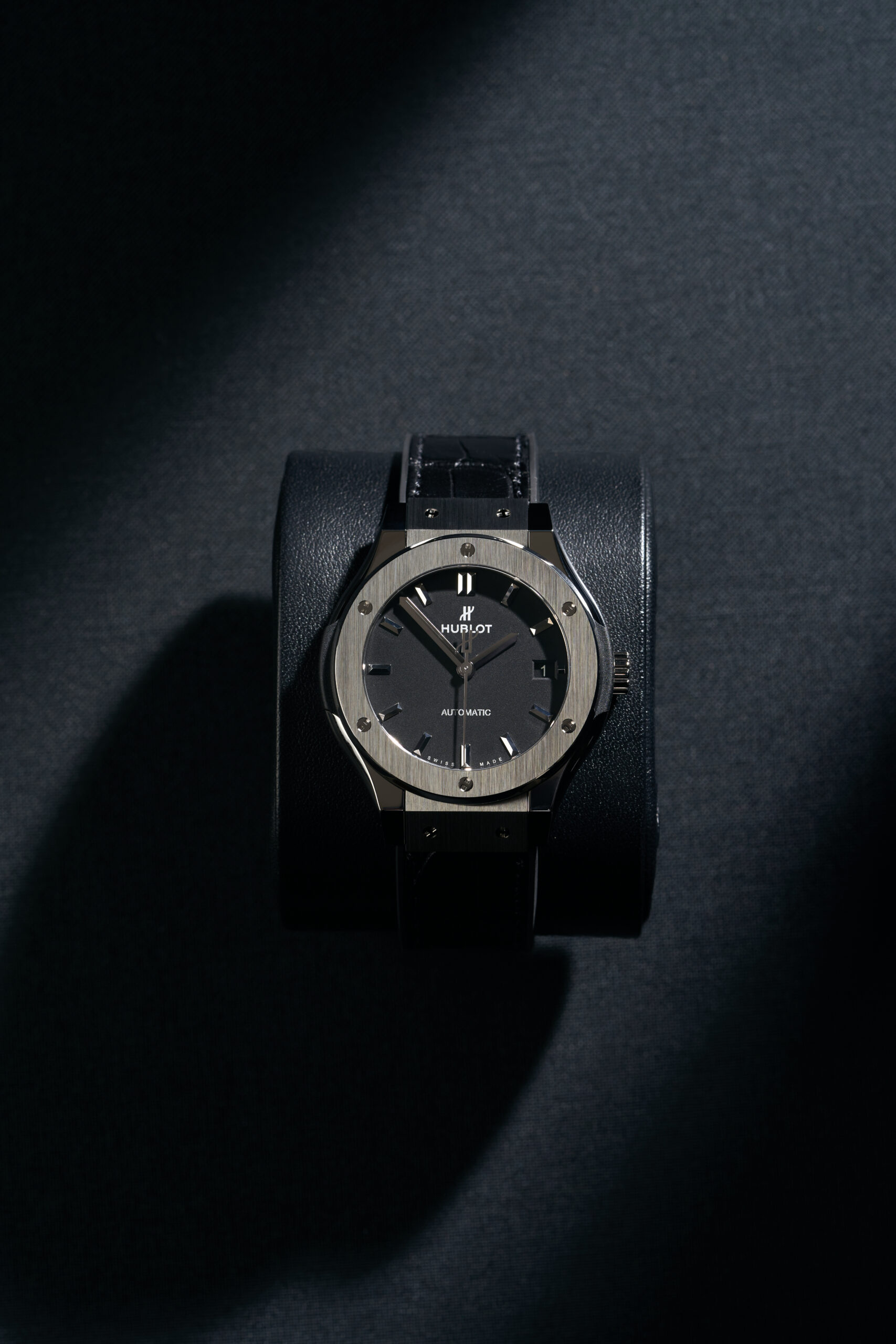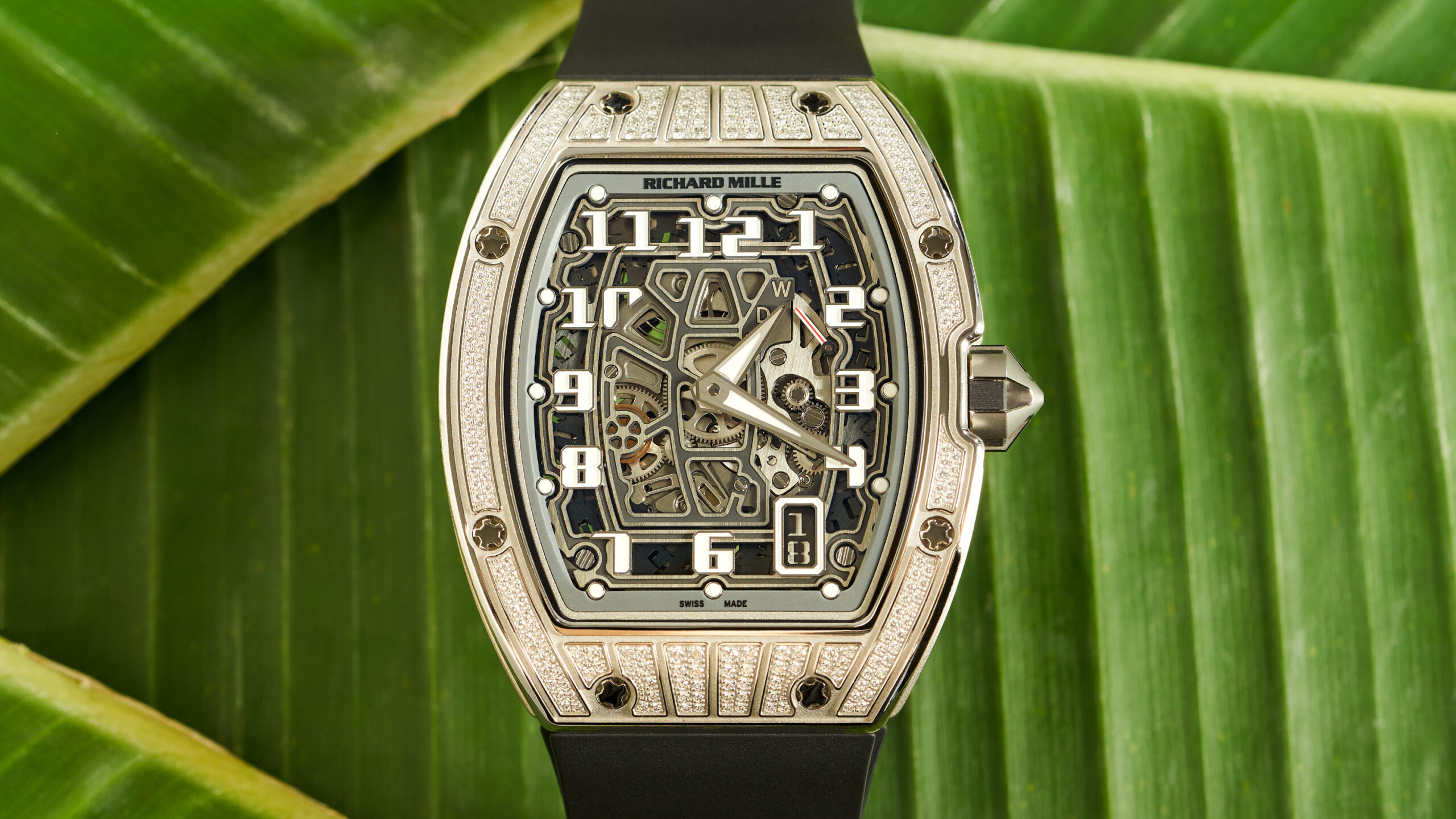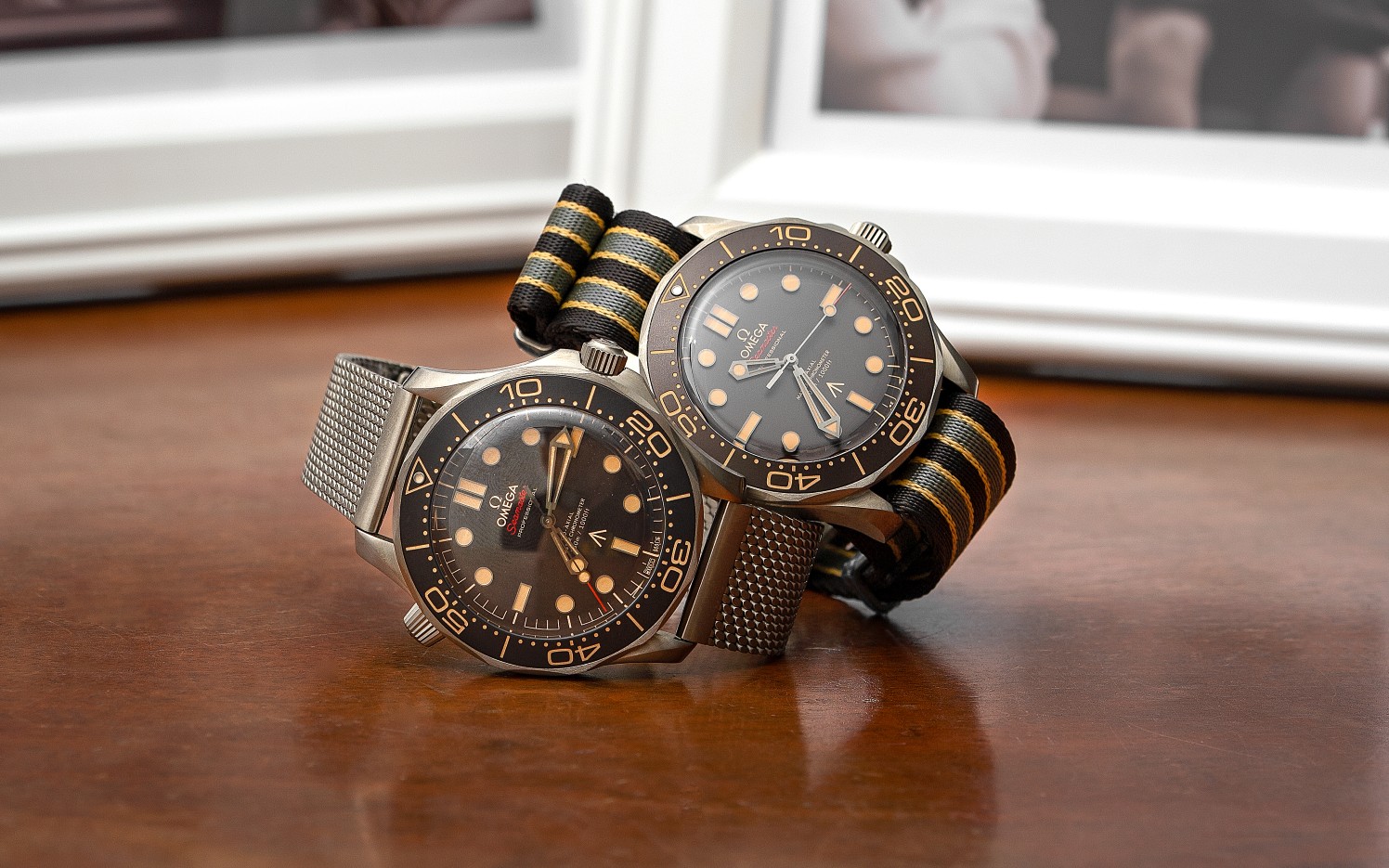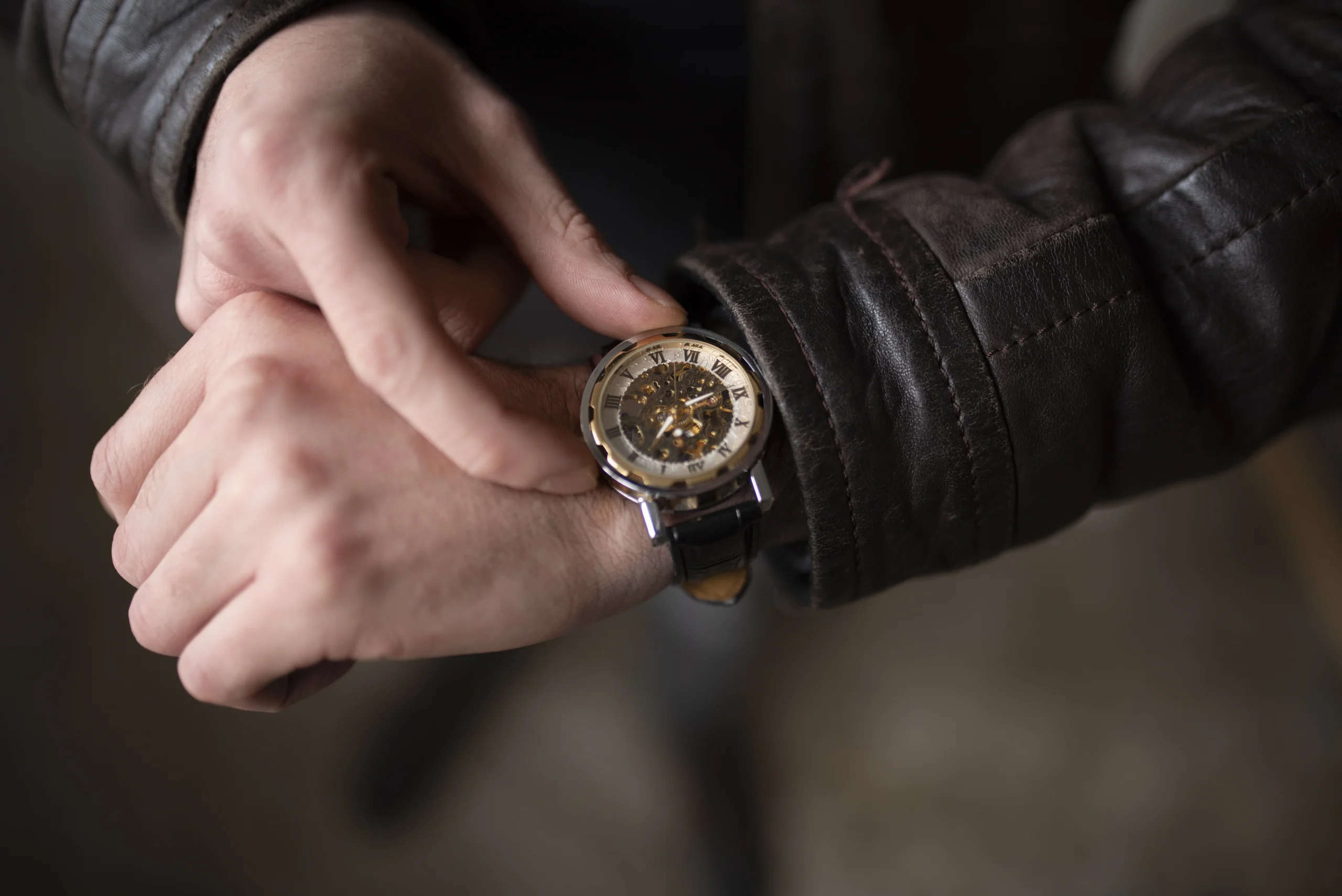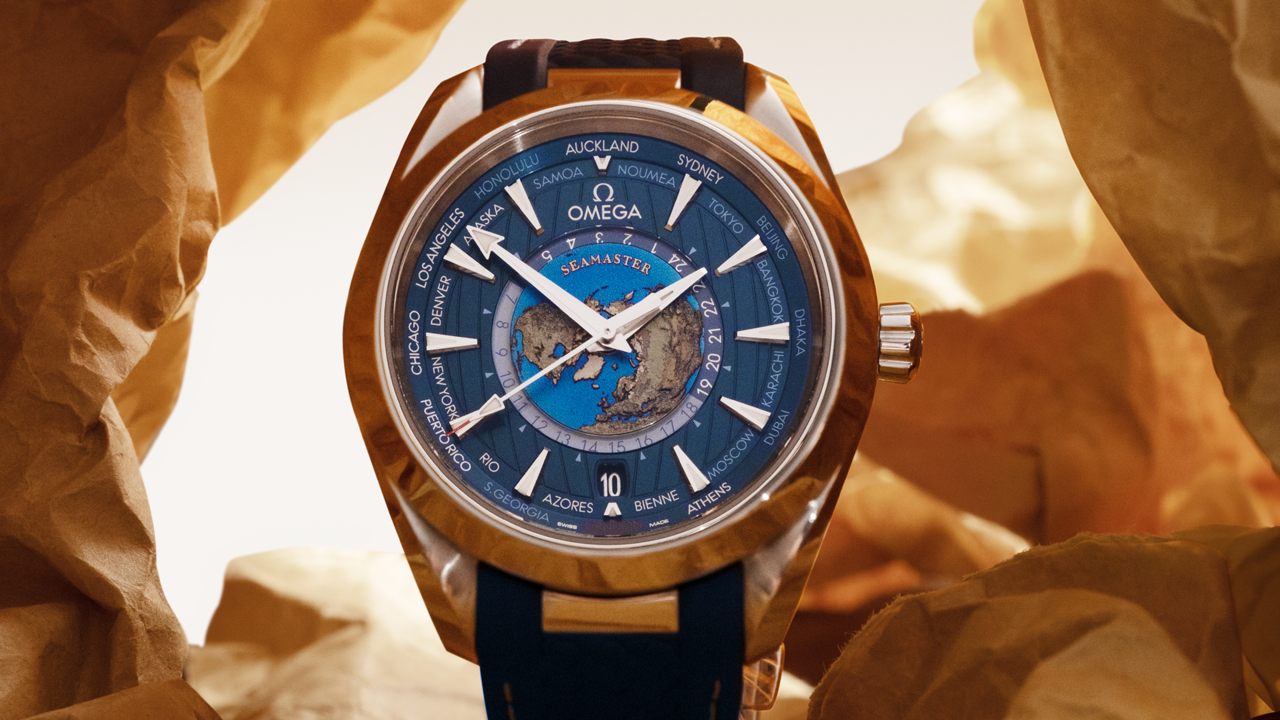What is a tachymeter and how do you use it? A tachymeter is one of the features in a watch that helps to measure speed. This feature has been in mechanical watches since the 1800s.
Many people still cannot differentiate between a tachymeter and a chronograph. A chronograph is initially used to track the movement of heavenly bodies, but it has evolved into a stopwatch.
What about a tachymeter? A tachymeter is generally used to measure time and travel distance for sprinters, swimmers, and racers. There are many other aspects that can be measured with this feature.
Table of Contents
ToggleWhat is a Tachymeter
A tachymeter is a scale found on chronograph watches that measures speed based on time traveled over a fixed distance. It calculates units per hour, such as kilometers or miles, making it useful for measuring speed, productivity, or distance.
Typically located on the watch bezel or dial edge, tachymeters are popular in motorsports and aviation for their precision and practicality. This feature enhances the functionality of chronograph watches, making them both stylish and purposeful.
Tachymeters trace back to 1821 when Louis Moinet invented the chronograph to track astronomical movements. The 1930s saw watchmakers adding tachymeter scales, which evolved alongside features like telemeters (for distance) and pulsometers (for heart rate).
In the 1950s, Heuer (now TAG Heuer) introduced the first chronograph watch with an integrated tachymeter scale, revolutionizing timekeeping in motorsports. Unlike earlier designs, TAG Heuer placed tachymeter digits on the dial’s edge or bezel, blending functionality with sleek aesthetics.
How Does a Tachymeter Work?
Using a tachymeter is simpler than it seems. Start by aligning the second hand at the 12 o’clock position using the button below the crown. When the object you’re timing crosses the starting point, press the top button. Press it again once it reaches the finish line.
The chronograph hand will indicate the speed on the tachymeter scale, typically marked in units of 10 or 5 (e.g., 60, 65, 70). These numbers represent speed per hour over a distance of 1 km. The chronograph hand will show the speed of the measured object. The tachymeter scale usually comes in tens or fives, such as 60, 65, 70, and so on.
If the number shown is within those ranges, you can make an estimate. The tachymeter scale is usually in 1 km. If the distance traveled is less than this, you need to readjust it.
For example, if a swimmer needs 20 seconds to reach the finish line in a 100 m pool, and the chronograph shows the number 160, you can change km to m first.
1000 m (1 km):100 = 10
160:10 = 16 km/hour
For shorter distances, adjust your calculations accordingly. For example, if a swimmer covers 100 meters in 20 seconds and the chronograph shows 160, convert the speed from km/h to m/s to get an accurate reading.
Step-by-Step Guide to Using a Tachymeter
A tachymeter is a useful tool for measuring speed based on time and distance. Whether you’re timing a car on a racetrack or calculating a runner’s pace, follow these steps to accurately use the tachymeter on your watch.
Step 1: Start Your Chronograph
Locate the tachymeter scale on your watch, which is usually found on the bezel or dial. This scale consists of numbers (e.g., 60, 100, 120, 400) that correspond to speed per hour.
Choose a fixed distance for measurement, typically 1 kilometer or 1 mile. Ensure the track or road has a clearly marked start and end point for accurate timing.
As soon as the object (car, runner, cyclist) crosses the starting point, press the chronograph start button. The seconds hand will begin moving, measuring elapsed time.
Step 2: Stop the Timer After One Kilometer or Mile
First, when the moving object crosses the finish point at the 1-kilometer or 1-mile mark, press the chronograph stop button immediately.
Next, the chronograph seconds hand will stop moving and remain fixed at a specific position on the tachymeter scale. This position corresponds to a number on the tachymeter bezel or dial, which you will use to determine speed in the next step.
Step 3: Read the Tachymeter Scale
Find the number on the tachymeter scale where the chronograph seconds hand stopped. This number represents the speed of the object in units per hour (e.g., km/h or mph). For example, if the chronograph hand stops at 120, the object was traveling at 120 km/h or 120 mph, depending on the unit of measurement used.
By following these steps, you can accurately measure speed using a tachymeter, whether for racing, aviation, or everyday use.
Discover Tachymeter Watches at Luxehouze
That is the information about what a tachymeter is, its origin, and how to use it. Tachymeters can be used to measure speed or even the number of products a factory produces.
Although it is not commonly used, you can still enjoy its function in your daily life to make the most use out of your watch. There are many watch brands that offer tachymeter features to choose from.
Watch brands such as Panerai, Omega, Rolex, and many more can be the perfect pick. Adjust it to your preference and style as each chronograph watch is different.
You can order tachymeter watches at Luxehouze, the home of high quality and authentic watches! Discover watch collections from your favorite brands, from mechanical to quartz watches!


